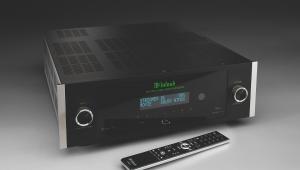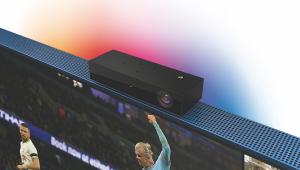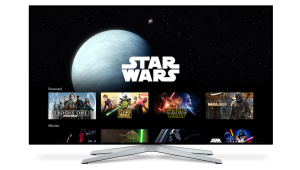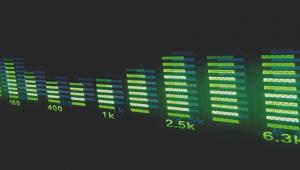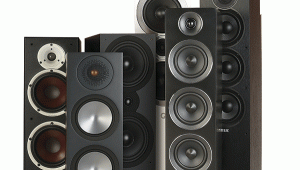Has the HTPC finally come of age?

Always keen to maximise the potential of his home cinema setup, Richard Stevenson discovers that a 10-year-old idea still has a lot going for it.
I surprised even myself at my most recent home cinema purchase. It wasn’t another subwoofer designed to get Richter adding more digits to his scale. It wasn't a monster amplifier with enough power to wake Frankenstein’s creation. It wasn’t even very expensive. However, I expect this hardware device to be one of the most popular additions to systems for years to come. And it's a home theatre PC.
Now the concept of an HTPC is not new and I reviewed one of the first dedicated models, made by Uvem, the best part of 10 years ago. It was far from perfect. The interface was pure Windows (so required a mouse and keyboard), it was a big old chunk of kit, and the cooling fans would suck in passing cats. And back then, the top-spec Uvem maxed out at 1.4TB onboard capacity.
Fast forward a decade. Everyone has a PC at home, broadband of some sort and there is a plethora of movie streaming services available from sources both legal and dodgy. Most domestic PCs have plenty of storage and an HDMI output so why bother with a dedicated HTPC at all? Well, for convenience mostly – with performance romping in a close second.
An imperfect worldFrom personal experience, hooking up a laptop to an AV system is far from plug and play. There is the Windows 7 boot up, the log-in screen, the attempt at a network connection, anti-virus update reminders, Java updates, email notifications from Russian brides and a whole heap of background programs doing their best to slow things down.
The keyboard and mouse interface is stuck to the hardware, which itself is tied to the system via HDMI. Then you will have to boot up a media program before realising that downloading 2001: A Space Odyssey will take until 2020.
My main desktop PC is a more potent machine and can be left running to download movies and keep the updates, erm, updated. But many of the same issues apply and it’s in a different room. Apparently, DLNA’s idea of seamless connectivity means nipping back and forth between the home cinema room and the office, tweaking settings and getting frustrated until you finally get a picture on screen. Then, just as you get settled, the movie stops at the title screen menus. You have to go back to the PC to navigate a menu, delete an email from Natasha in Moscow and dispel a dozen pop-ups.
The good news is that an HTPC can be a thing of focus and purpose, fast and without bloatware. You don’t even have to run Windows as there are plenty of slick media players that use Linux OS. Core processors don’t have to be blisteringly quick, keeping costs and cooling to a minimum. A fast and silent SSD drive for the OS and hardwired NAS drive for content is ideal.
I went the Nettop route, an Arctic MC001, as it is small and silent. It's fed from a 4TB NAS drive, hardwired to the router and controlled by a wireless keyboard/mouse and XBMC’s remote app. It is free of any software that isn’t essential and can happily download movies while I'm working, asleep or trying to assure the cat it will be okay this time. I can output lossless audio over asynchronous USB for serious high-fidelity sound and its 1080p HD video is pretty good. Yet it’s just as easy to stream video to my Oppo BD player for blistering performance.
So, a brilliant and cost effective purchase. I think I'll celebrate by buying another subwoofer...
Do you run a home theatre PC in your system?
Let us know: email [email protected]
 |
Home Cinema Choice #351 is on sale now, featuring: Samsung S95D flagship OLED TV; Ascendo loudspeakers; Pioneer VSA-LX805 AV receiver; UST projector roundup; 2024’s summer movies; Conan 4K; and more
|


